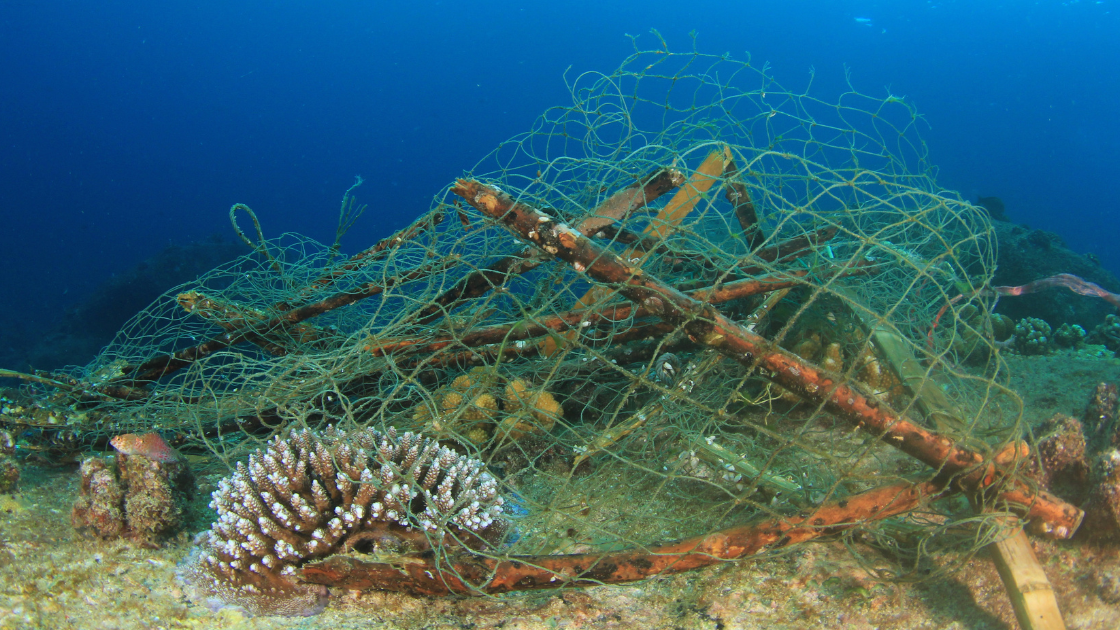Plastic pollution is a big
problem
A program driven by artificial intelligence that is cleaning the seas from abandoned ghost nets that increase in number every year, causing serious damage to marine ecosystems.
It is called GhostNetZero and is a tool that uses cutting-edge artificial intelligence technology and sonar data provided by a global network, to detect and locate all abandoned fishing gear that threaten life in the sea. The system identifies the nets and communicates the sites to teams of technicians and diving experts who go to the site with dedicated vehicles and tools and remove the dangerous objects. There is also an app that allows anyone who finds these nets to send the detections and upload them to the map that is then verified by experts.
Lost fishing nets continue to catch fish endlessly and also become deadly traps for turtles, sea birds and marine mammals. By decomposing into smaller fragments and fibres over the years, these nets exacerbate microplastic pollution in the oceans. Every year, around 20% of all fishing gear in the world’s oceans is lost, and an estimated 50,000 tonnes of ghost nets end up in the oceans. Lost fishing gear makes up around 30% of marine plastic waste. Since the start of the program, carried out by WWF together with Microsoft AI for Good Lab and Accenture, over 26 tonnes of nets have been recovered from the Baltic Sea alone, and hundreds of nets in the seas of 8 European countries.
